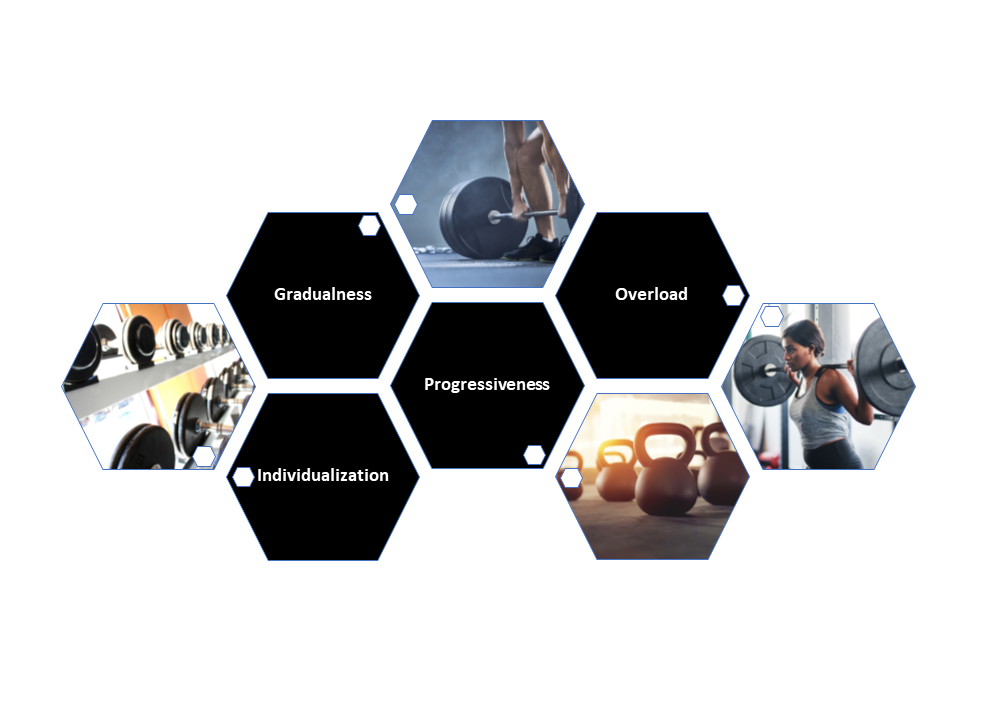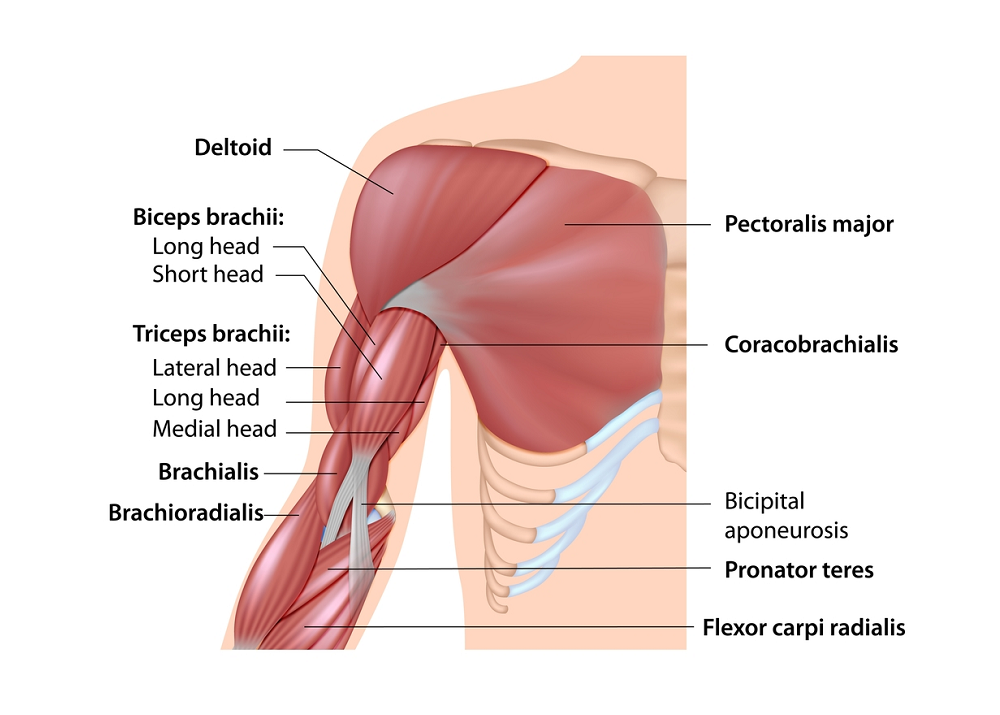Introduction:
In the fast-paced world of fitness, the allure of quick results often overshadows the importance of sustainability. The Gradualness Training Principle stands as a beacon, advocating for a measured and steady approach to achieving fitness goals. In this blog post, we explore the essence of this principle and its transformative impact on long-term well-being.
Understanding the Gradualness Training Principle:
-
Consistent Progress over Time: At its core, the Gradualness Training Principle emphasizes consistent, incremental progress. Rather than opting for rapid, drastic changes, this principle encourages individuals to introduce manageable adjustments to their fitness routines.
-
Mindful Adaptation: The principle underscores the significance of mindful adaptation. Instead of overwhelming the body with abrupt changes, the Gradualness Training Principle allows for a gradual adjustment period, fostering a more sustainable integration of new habits.
Key Components of the Gradualness Training Principle:
-
Incremental Intensity: Whether it's increasing weights, duration, or intensity, the principle suggests making incremental adjustments. This approach allows the body to adapt progressively, reducing the risk of injuries and burnout.
-
Skill Development: The Gradualness Training Principle acknowledges the importance of skill development. Whether mastering a new exercise or refining a technique, gradual progression ensures a solid foundation, promoting both safety and efficacy.
-
Balanced Lifestyle Integration: Fitness is not isolated from the broader context of life. The principle encourages individuals to integrate fitness into their lifestyles in a balanced way, acknowledging the interconnectedness of physical, mental, and emotional well-being.
Benefits of Embracing Gradualness:
-
Injury Prevention: The gradual approach minimizes the risk of injuries associated with abrupt changes or overtraining. By allowing the body to adapt at its own pace, individuals can sustain their fitness journey without setbacks.
-
Sustainable Habits: Quick fixes often lead to short-lived results. The Gradualness Training Principle fosters the development of sustainable habits, making it more likely for individuals to stick to their fitness routines in the long run.
-
Enhanced Motivation: Achieving realistic milestones along the way boosts motivation. The sense of accomplishment derived from gradual progress fuels a positive mindset, making the fitness journey more enjoyable and fulfilling.
Implementing the Gradualness Training Principle:
-
Set Realistic Goals: Define achievable short-term and long-term goals. Breaking down larger objectives into smaller, manageable steps aligns with the Gradualness Training Principle.
-
Listen to Your Body: Pay attention to how your body responds to changes. Whether it's adjusting to new exercises or increasing intensity, be attuned to signals of fatigue or strain.
-
Celebrate Progress: Acknowledge and celebrate even the smallest victories. This positive reinforcement reinforces the gradual approach, making the fitness journey a gratifying experience.
Conclusion:
The Gradualness Training Principle stands as a testament to the wisdom of taking a measured and steady path towards fitness excellence. In a world that often glorifies quick fixes, this principle serves as a guide for those seeking lasting, sustainable gains. By embracing the essence of gradual progress, individuals can forge a resilient and enjoyable journey towards optimal health and well-being.



